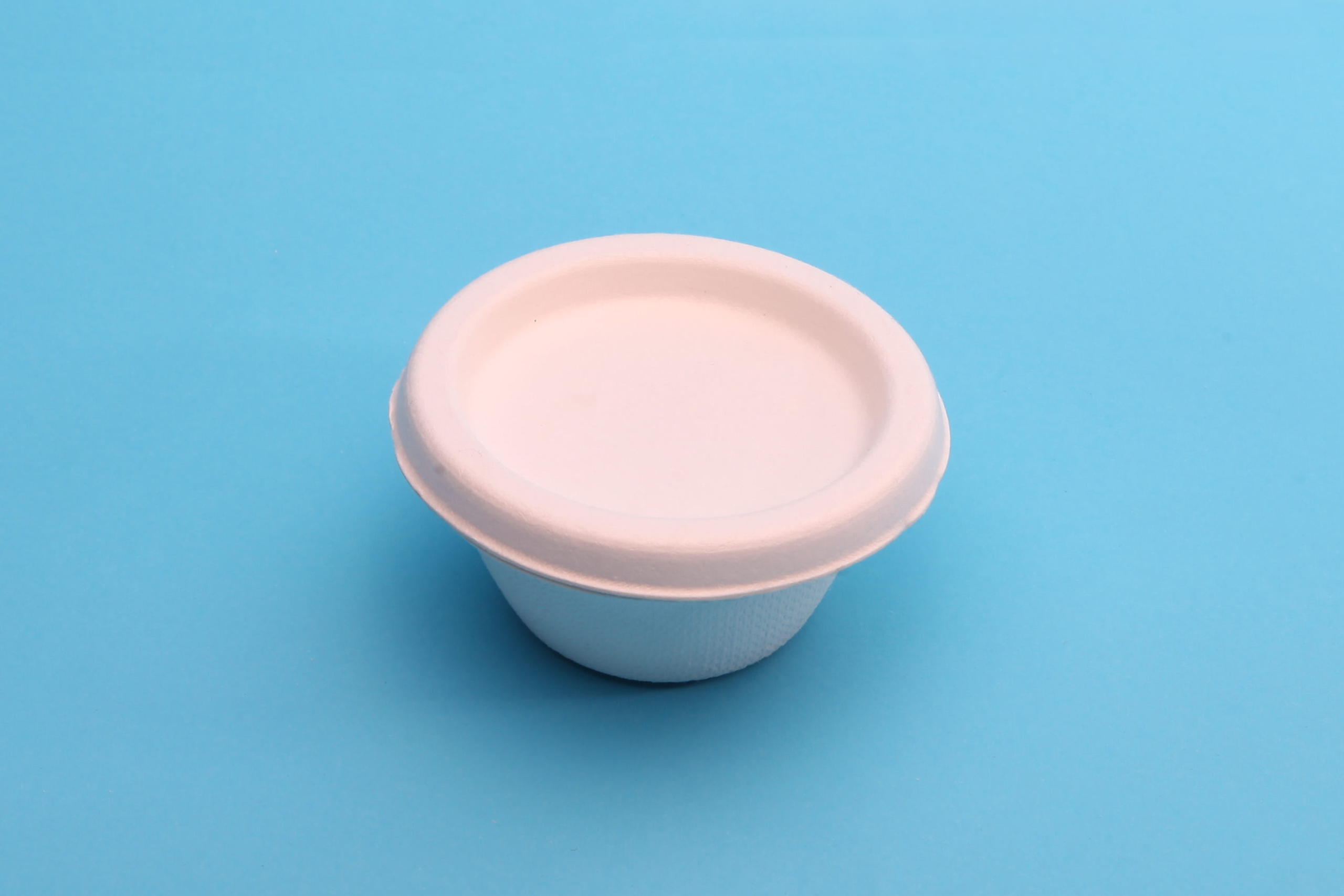Ultimate Guide to Sauce Cups: Types, sizes & How to Choose (2025)
1 Introduction
When it comes to food service, the little details make the biggest difference. One of those details is the sauce cup—a small but essential tool that keeps condiments, dips, and dressings neat, hygienic, and convenient for customers. From restaurants and takeout shops to catering services and food trucks, the right sauce cups can enhance presentation, improve portion control, and even elevate brand identity. In this guide, we’ll explore everything you need to know about sauce cups, from types and applications to selection tips and why KEYI Sauce Cup is a trusted solution for sustainable businesses worldwide.
2 What Are Sauce Cups?
2-1 Definition
A sauce cup, sometimes called a condiment cup or portion cup, is a small container designed to hold sauces, dips, or small sides. They come in various sauce cup sizes, materials, and designs, from simple plastic disposables to high-quality eco-friendly options.
2-2 Operating Principle
The principle of a sauce cup is straightforward: provide a hygienic, portion-controlled container for liquid or semi-liquid condiments. Paired with a sauce cup with lid, they prevent spills during transport while keeping food fresh.
2-3 Main Features and Advantages
-
Portion control for cost efficiency
-
Leak resistance when paired with secure lids
-
Compatibility with sauce cup dispensers for efficiency
-
Available in a variety of sauce cup sizes for different needs
-
Options for disposable and reusable designs
2-4 Application Scenarios
- Takeout and delivery: ketchup, mayonnaise, or ranch in sauce cups with lids
-
Dine-in service: dressings and small appetizers in reusable cups
-
Catering and events: eco-friendly small sauce cups for dips and sides
-
Retail packaging: pre-packed hummus, salsa, or guacamole
2-5 Potential Disadvantages
-
Plastic cups contribute to waste if not compostable
-
Low-quality cups may leak during transport
-
Not all sauce cups disposable are microwave or freezer safe
3 Types of Sauce Cup
 3-1 Disposable Plastic Sauce cups
3-1 Disposable Plastic Sauce cups
The most common type, made from PP, PS, or PET. Available in clear and opaque options, these sauce cups disposable are cost-effective and ideal for high-volume restaurants.
3-2 Sauce Cups with Lids
Secure lids—snap-on, hinged, or peel-seal—prevent leaks and make transport safer. A sauce cup with lid is especially popular in delivery services.
3-3 Eco-Friendly & Compostable Sauce cups
Made from bagasse (sugarcane fiber) or PLA, these cups are fully biodegradable and PFAS-free. KEYI Sauce Cups are a leading example, designed to be microwave-safe, fridge-friendly, waterproof, oil-resistant, and heat-insulated.
3-4 Small Sauce Cups & Little Sauce cups
Perfect for soy sauce, mustard, or ketchup. These compact little sauce cups help control portions while reducing waste.
3-5 Multi-compartment Sauce cups
Divided containers that hold multiple sauces in one cup. Useful for sushi, snacks, or kids’ meals.
3-6 Reusable Sauce Cups
Made of stainless steel or ceramic, they are ideal for upscale dining and can reduce long-term costs.
3-7 Sauce Cup Dispenser
A hygienic solution for self-service areas, cafeterias, or quick-service restaurants. Sauce cup dispensers improve workflow efficiency and minimize contamination.
3-8 Sauce Cup Comparison Table
| Sauce Cup Type | Common Sauce Cup Sizes | Material Options | Advantages | Disadvantages | Best Application Scenarios |
|---|---|---|---|---|---|
| Disposable Plastic Sauce Cups | 1 oz – 4 oz | PET, PP, PS plastics | Affordable, lightweight, widely available | Not eco-friendly, may warp under heat | Fast food chains, takeout restaurants |
| Sauce Cups with Lids | 1 oz – 5.5 oz | Plastic, paper, compostable fiber | Leak-proof, portable, convenient for delivery & storage | Slightly higher cost | Delivery services, meal prep, catering |
| Eco-Friendly & Compostable Sauce Cups (KEYI Sauce Cup) | 1 oz – 4 oz | Plant-based fibers (biodegradable, PFAS-free) | Sustainable, microwave-safe, fridge-friendly, waterproof, oil-resistant | Higher unit price than plastic | Eco-conscious restaurants, green packaging solutions |
| Small & Little Sauce Cups | 0.5 oz – 2 oz | Plastic, paper, compostable fiber | Perfect for portion control, reduces food waste | Limited capacity | Dips, dressings, condiments in small servings |
| Multi-compartment Sauce Cups | 2 oz – 6 oz (divided) | Plastic or compostable material | Allows serving multiple condiments in one cup | Bulkier, may not fit standard dispensers | Bento boxes, combo meals, meal kits |
| Reusable Sauce Cups | 2 oz – 6 oz | Stainless steel, glass, silicone | Durable, eco-friendly, dishwasher-safe | Higher upfront cost, need washing | Cafeterias, home meal prep, premium dining |
| Sauce Cup Dispenser Compatible Cups | 1 oz – 2 oz | Plastic, paper, compostable fiber | Easy dispensing, speeds up workflow, hygienic | Limited to standard sizes & shapes | Quick-service restaurants, self-service condiment bars |
4 How to Choose the Right Sauce Cup for Your Business
4-1 Define Your Use Case
Delivery requires secure lids, while dine-in may focus on presentation and durability. Self-service setups benefit from sauce cup dispensers.
4-2 Select the Right Sauce Cup sizes
-
1 oz: soy sauce, mustard
-
2 oz: ketchup, ranch
-
3–4 oz: hummus, salsa
-
5+ oz: small sides or fruit portions
4-3 Choose the Right Material
-
Plastic for cost savings
-
Compostable fiber for eco-conscious brands (KEYI Sauce Cup)
-
Stainless steel or ceramic for dine-in restaurants
4-4 Lids & Leak Protection
Select from snap-on, peel-seal, or hinged lids based on transportation and serving needs.
4-5 Workflow & storage Efficiency
Stackable designs save space and integrate with automation like sealing machines.
4-6 Branding & Customization
Add logos or eco-labels to cups and lids to reinforce brand identity.
4-7 Quality Testing & compliance
Check for leak-proof performance, microwave safety, and compliance with FDA or LFGB standards.
4-8 Supply chain Considerations
Evaluate suppliers on MOQ, lead time, and cost. If urgent, consider sourcing sauce cups nearby while ensuring quality.
4-9 Food Safety & Legal Compliance
Request safety documentation like MSDS or food contact certification.
4-10 Quick Recommendations by Business Type
-
Fast food: 1–2 oz plastic cups with snap-on lids
-
Eco-friendly restaurants: 2–4 oz KEYI Sauce Cups (biodegradable)
-
Self-service: multi-compartment cups with dispensers
-
Retail packaging: tamper-evident lids
5 Maintenance Tips for Sauce Cup
-
Store in a cool, dry place to maintain material integrity
-
Avoid stacking under heavy loads
-
Use compatible lids to ensure leak resistance
-
Train staff on proper handling to reduce waste
6 Key Factors in Selecting Sauce Cup
-
Size and portion requirements
-
Material sustainability
-
Cost-effectiveness
-
Leak resistance
-
Compliance with food safety regulations
7 Installation and Operational Considerations
For large-scale operations, pair cups with sauce cup dispensers or sealing equipment. Ensure proper staff training to maximize efficiency and minimize waste.
8 Why Choose KEYI Sauce Cup?
At Wenzhou Keyi, we have been pioneering eco-friendly tableware solutions since 2009. Our KEYI Sauce Cups are:
-
Made from 100% renewable plant-based fibers
-
Fully biodegradable and PFAS-free
-
Safe for hot meals, cold dishes, and takeout
-
Microwave-safe, fridge-friendly, waterproof, oil-resistant, and heat-insulated
These eco-friendly sauce cups provide a sustainable alternative to plastic without compromising performance or convenience.
9 Conclusion
Whether you are looking for small sauce cups for portion control, sauce cups with lids for delivery, or compostable options to enhance your sustainability efforts, the right choice can elevate both efficiency and customer experience. KEYI Sauce Cups stand out as the ultimate solution—eco-friendly, durable, and designed for modern foodservice needs. Upgrade your packaging today with KEYI Sauce Cup and join the movement toward safer, greener, and smarter food packaging.






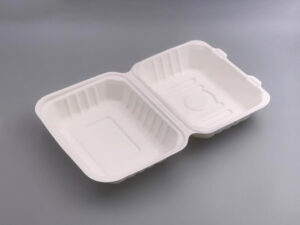
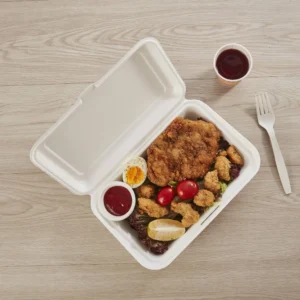
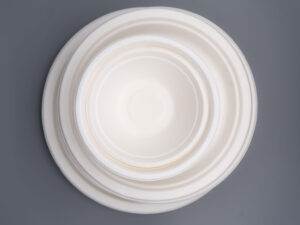
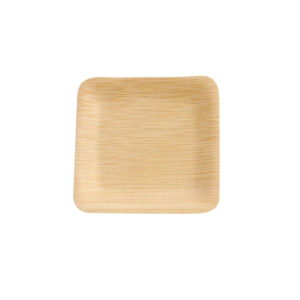
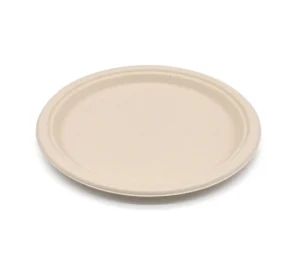
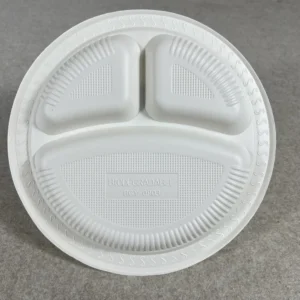
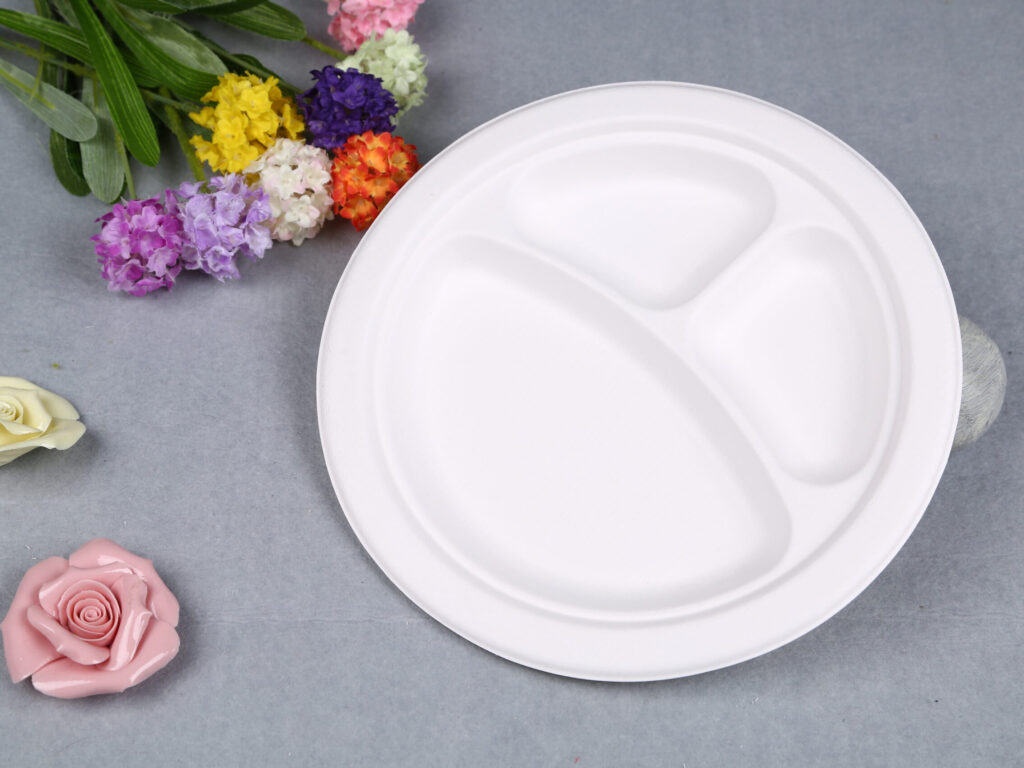
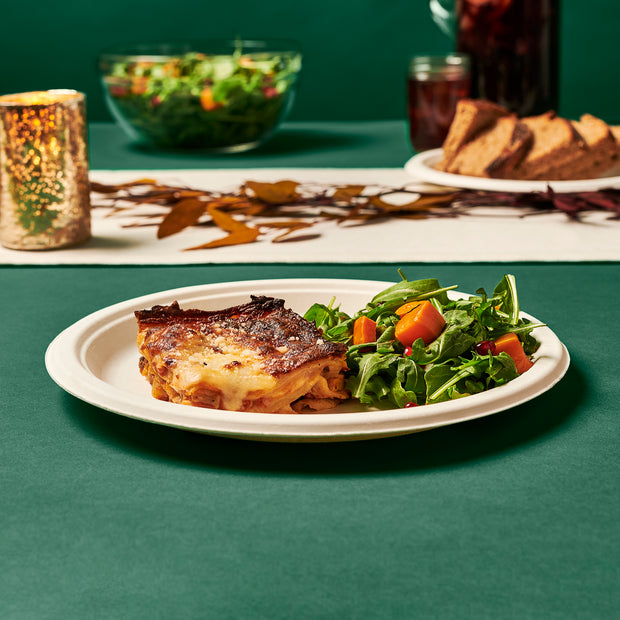 Now, let's talk about compostable. This term is much more specific and holds a higher standard for environmental responsibility. For a product to be labeled "compostable," it must meet strict requirements for breaking down into organic matter, water, and carbon dioxide within a specific timeframe, under specific conditions.
Think of it this way: compostable plates and cutlery are designed to decompose fully and safely into nutrient-rich compost, which can then be used to enrich soil. This process typically requires an industrial composting facility, where conditions like temperature, moisture, and aeration are carefully controlled to accelerate decomposition.
Here are the key characteristics of compostable products:
Now, let's talk about compostable. This term is much more specific and holds a higher standard for environmental responsibility. For a product to be labeled "compostable," it must meet strict requirements for breaking down into organic matter, water, and carbon dioxide within a specific timeframe, under specific conditions.
Think of it this way: compostable plates and cutlery are designed to decompose fully and safely into nutrient-rich compost, which can then be used to enrich soil. This process typically requires an industrial composting facility, where conditions like temperature, moisture, and aeration are carefully controlled to accelerate decomposition.
Here are the key characteristics of compostable products:
